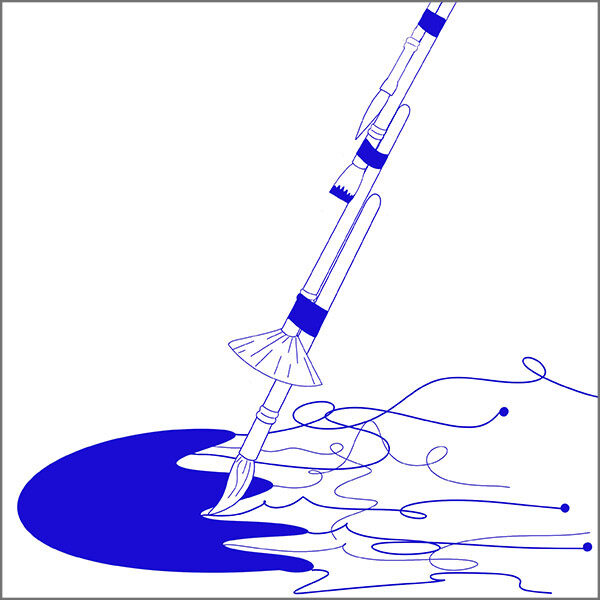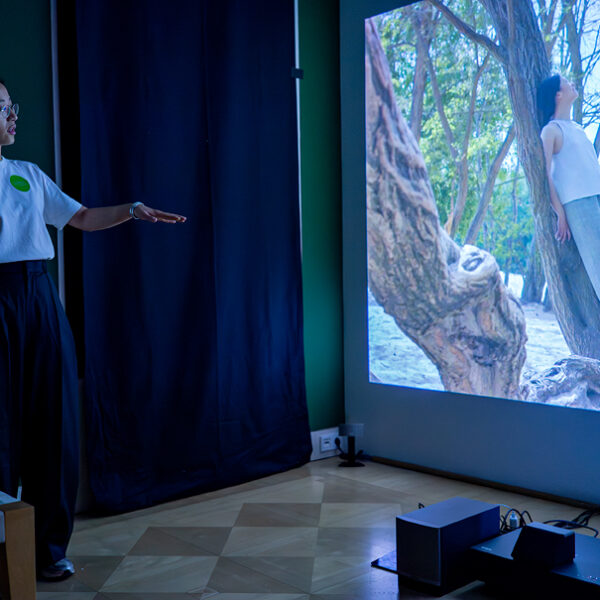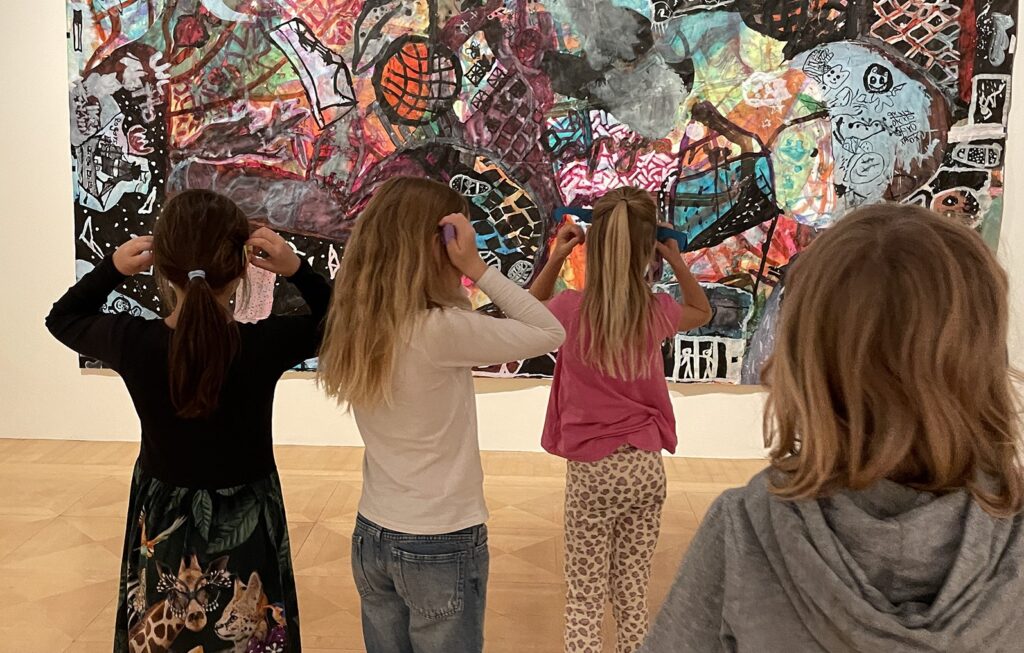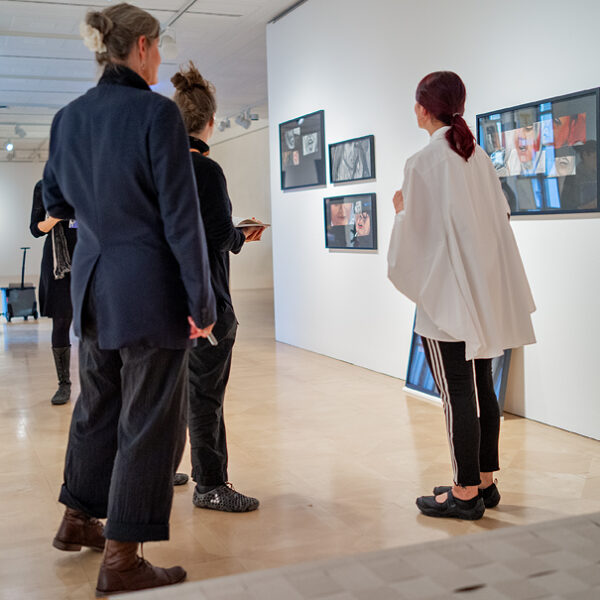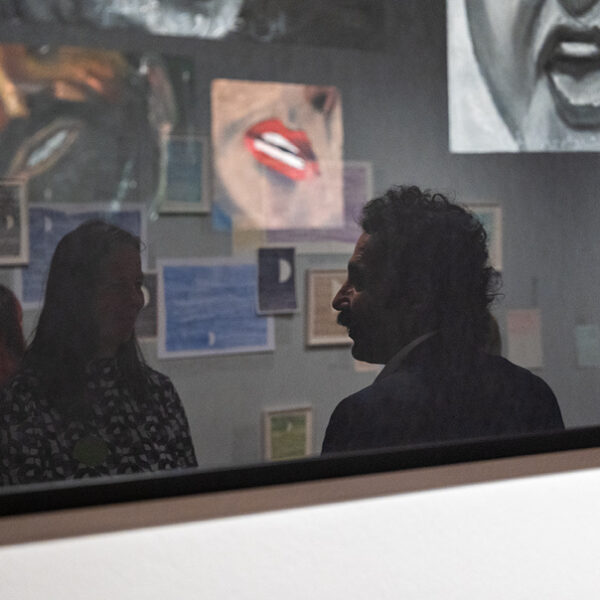Prof. Dr. Marina Vishmidt’s ongoing research project deals with ‘speculation’. Here, the concept of speculation departs from the resources of political economy and modern European philosophy and brings that together with the speculative processes of art.
In recent years, from being at least hypothetically separate from the economy, the artist becomes a creative tasked with diligently optimising their quantified self, and the two senses of speculation – artistic thinking and financial operations – converge, something we have observed not just in the more familiar critical descriptions of the artist as entrepreneurial subject par excellence but in more recent developments such as crypto-art and NFTs where the moments of artistic creation and market valorisation become in principle unified. We thus see a dynamic linking the processes of speculative thought and the world of financial speculation. At the same time, however, we need to fight for another sense of speculation which retains the commitment to experiment and non-utility, for social and political as well as aesthetic – and cognitive – reasons. Art historically speaking, when we work with these kinds of paradigms in our research, we can build on the material and social sensitivity and concreteness of art history as a scholarly approach in order to contextualise artworks to be able to see artistic practices and materials in the social relations and histories they mediate and to see what ruptures, unknowns, contradictions and affiliations can be developed.
At the same time, Prof. Dr. Marina Vishmidt’s has been developing a concept of infrastructural critique that builds on the legacy of institutional critique and social reproduction theory in feminism to try and think about how the politics of art and institutional practice can operate on their conditions, or, on their infrastructure. She looks at artistic and curatorial projects to find out at how they employ infrastructural critique as a move that takes artistic practice beyond the comfort zone of reflexivity and thus veers away from the ‘lane’ allocated to it by institutional critique.

